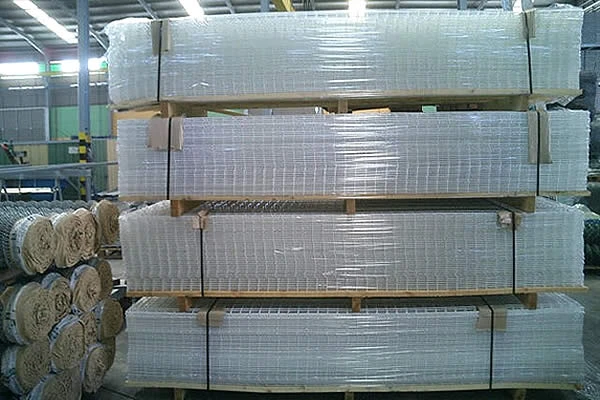 TEL:
+86-13102802206
TEL:
+86-13102802206
 Email:
fencenetting@china.com
Email:
fencenetting@china.com
 Language
Language
 TEL:
+86-13102802206
TEL:
+86-13102802206
 Email:
fencenetting@china.com
Email:
fencenetting@china.com
 Language
Language


Wire Mesh Cages for Stone A Robust Solution for Landscaping and Construction
In the world of landscaping and construction, the need for durable and versatile materials is paramount. One such solution that has gained popularity in recent years is the use of wire mesh cages for stone. These cages provide an innovative way to manage stones in various applications, ensuring stability, aesthetic appeal, and environmental sustainability.
What Are Wire Mesh Cages?
Wire mesh cages are typically constructed from galvanized steel or stainless steel wires woven into a robust grid. The cages come in various sizes and shapes, designed to accommodate different types of stones and aggregate materials. Their prime function is to contain and support stones, preventing shifting and erosion while creating visually striking features in both commercial and residential environments.
Benefits of Using Wire Mesh Cages for Stone
1. Stability and Support
One of the primary benefits of wire mesh cages is their ability to provide stability. When filled with stones, these cages create a solid structure that can hold up against natural forces such as wind, water, and earth movement. This makes them particularly useful in landscaping applications, such as slopes and embankments, where erosion could be a significant concern.
Wire mesh cages are not only functional but can also enhance the aesthetic appeal of any outdoor space. They can be creatively used to construct walls, decorative features, or barriers that blend seamlessly with the natural environment. When filled with colorful or uniquely shaped stones, these cages can serve as stunning focal points in gardens or public parks, adding a touch of elegance to the outdoor environment.
3. Environmental Sustainability
Using wire mesh cages aligns with sustainable practices, as they allow for the effective use of natural materials. They can be filled with locally sourced stones, reducing the carbon footprint associated with transporting materials. Furthermore, this approach promotes biodiversity, as the gaps in the cage allow for water drainage and plant growth, helping to maintain a balanced ecosystem.

4. Cost-Effectiveness
Wire mesh cages offer a cost-effective solution for managing materials in construction and landscaping projects. They reduce the need for excessive excavation, filling, or additional retaining walls. By consolidating stones within a cage, fewer resources are required for overall project completion, ultimately saving time and money.
Applications of Wire Mesh Cages for Stone
1. Retaining Walls
Wire mesh cages are commonly used to create retaining walls that help manage soil erosion and control water runoff. By filling the cages with stones, builders can create durable structures that withstand the pressures of the surrounding environment while adding a natural aesthetic.
2. Decorative Landscaping
In decorative landscaping, wire mesh cages can be used in various applications, such as garden borders, plant supports, and even sculptures. The versatility of the cages allows landscapers to explore creative designs, integrating both functionality and beauty into outdoor spaces.
3. Gabion Structures
Gabions are a specific type of wire mesh cage filled with stones, widely used in civil engineering and landscaping. These structures are particularly effective in flood control and soil stabilization, making them a popular choice for projects requiring robust environmental management solutions.
Conclusion
Wire mesh cages for stone represent an innovative, durable, and aesthetically pleasing option for various landscaping and construction needs. By offering stability, design flexibility, and environmental benefits, these cages are becoming increasingly popular among landscape architects, builders, and homeowners alike. Their ability to withstand the test of time while contributing to sustainable practices makes wire mesh cages a wise choice for anyone looking to enhance their outdoor spaces. As we continue to prioritize functionality and aesthetic appeal in our environments, the role of wire mesh cages will undoubtedly expand, paving the way for more sustainable and beautiful landscapes.